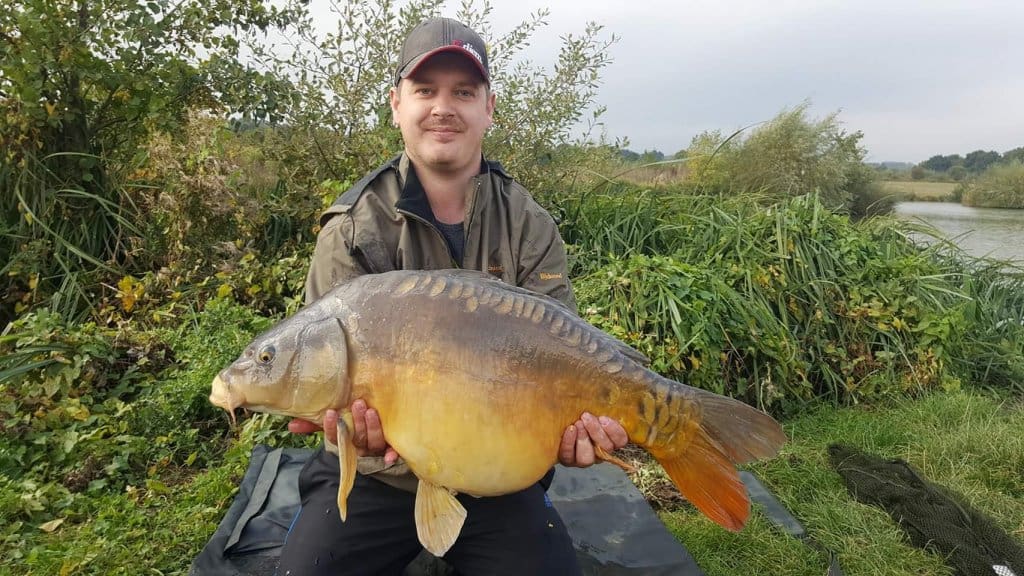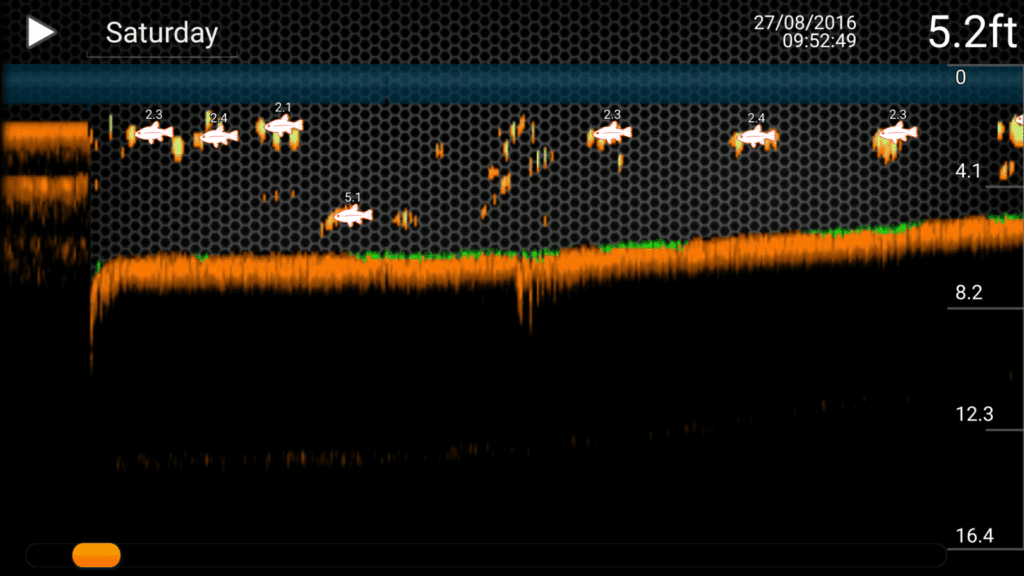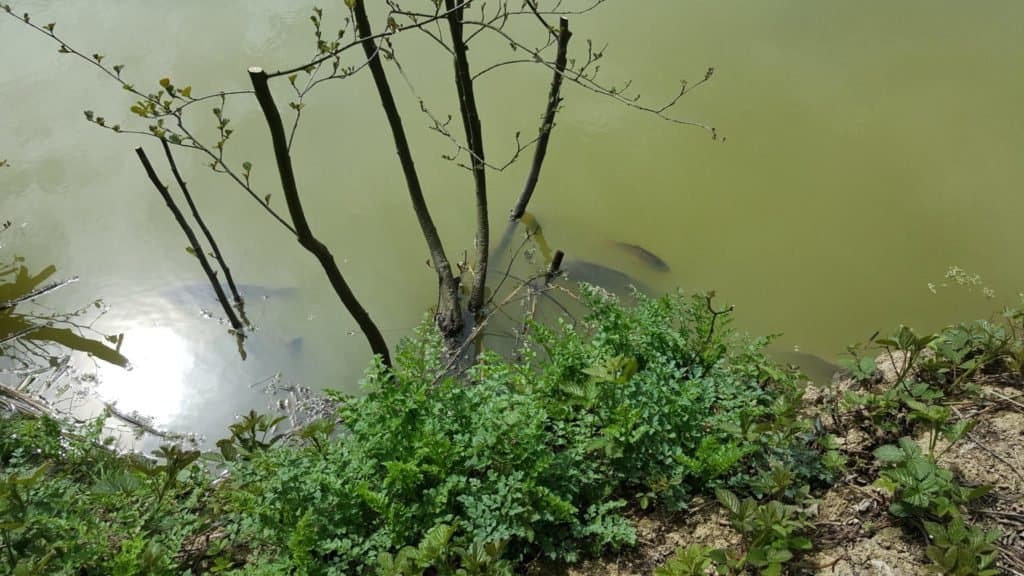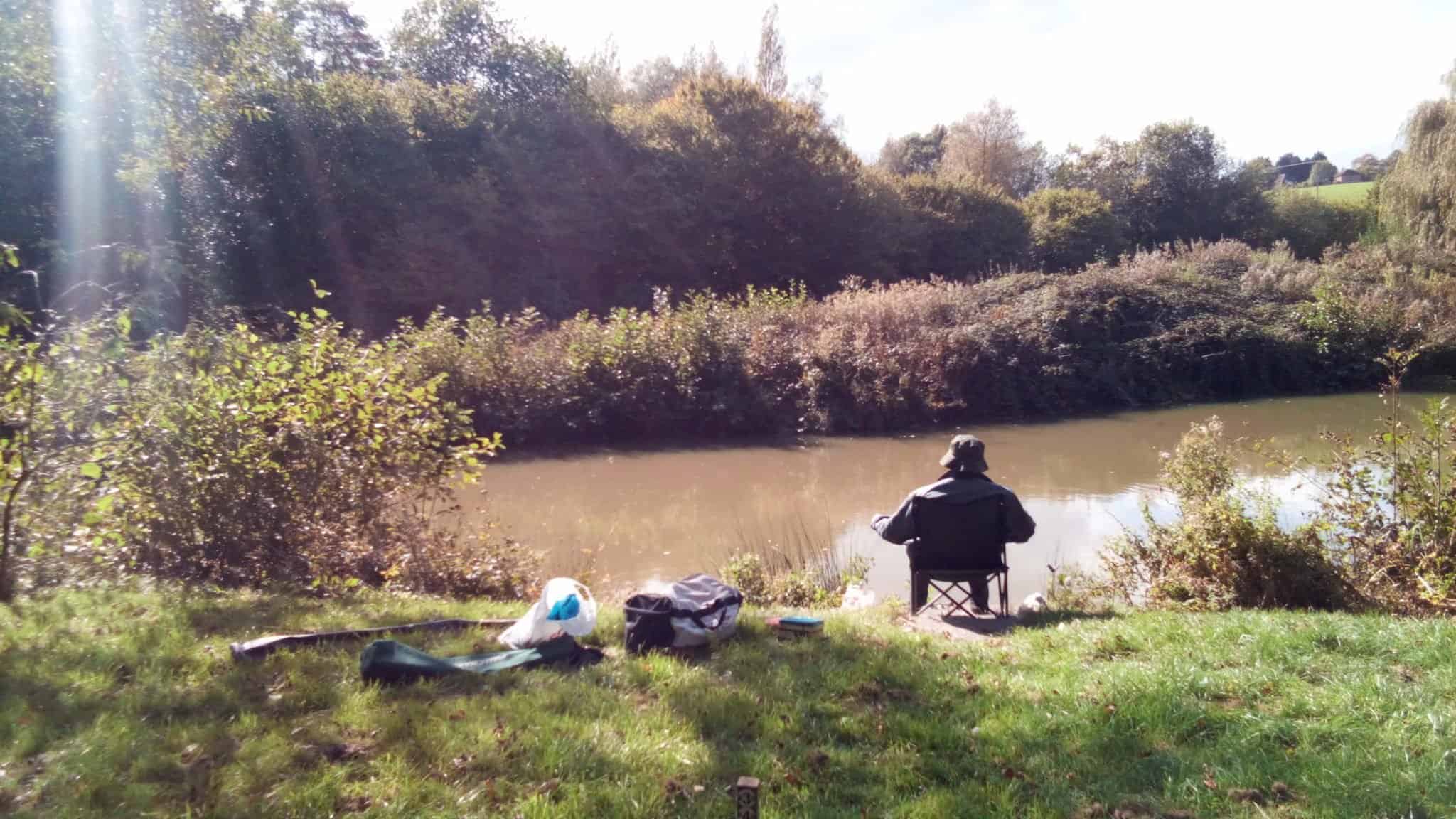The nights are getting colder, and you have to scrape the frost off your car’s windscreen. It’s officially winter, and it’s time to pack away your winter fishing gear. However, there are still plenty of ways to enjoy fishing in the winter. One of these is by catching a large fish.
Even though winter fishing can be challenging, there is no reason why you can’t have some great sessions if you know what you’re doing.
Where To Look For Carp in the Winter
The important thing to do when it comes to finding a good spot for a big fish is to make sure that you pick the right one before settling in your swim. As they tend to move less during the winter, there will be fewer signs of their presence, which means that it’s important to take the time to assess where they are likely to be. There are a variety of areas where they may feel comfortable, and these can change depending on the situation.
The primary concern of a big fish during the winter is the temperature. This means that they will be looking for areas with higher temperatures. Although food is still important, they will also need less energy due to the low temperatures. If you find an area that provides them with natural food sources, shelter, and warmth, then you might be able to catch a fish there.
How Do You Target Carp in the Winter?
Warm South-Westerly Winds
Although most of the time, a big fish will follow the wind, there is an exception. It’s important to note that they are mainly focused on the temperature at this time of year, so they will not follow a cold wind. I believe that there will be more fish in areas that are exposed to cold temperatures during the winter months.
If a warm southwest wind blows over the lake during the day, then the fish will likely follow it to get some warmth. However, if there is a lot of pressure on them due to the actions of other people, then they might find other areas to stay in.
Although most people are aware that carp will follow the wind in summer, it’s also very likely that they will turn to the northeast corner of a lake in winter. This area is ideal for winter fishing due to the strong winds and the minimal impact they can have on the swims.

Shallow Areas of The Lake
When the temperature is warm during the day, head to the shallow areas that get direct sunlight. These will warm up quickly, which will allow the fish to come back for more warm-up sessions. I like to fish in these areas before the sun rises, as they will not disturb the fish when they arrive. There are a variety of other fishing techniques that you can use in winter.
Although the UK doesn’t have much winter sun, the mild weather can still bring the fish into the shallow water areas. They will naturally seek out the areas that are warmer than the rest of the lake. It’s also important to note that the fish are more likely to start feeding when they are in the most comfortable conditions.
Mid-Water Throughout The Lake
During the middle of winter, when the water temperature starts to settle around 6 degrees, large fish such as the big fish will likely be in mid-water. This is because the water will start to warm up and make areas in the middle of the lake more conducive to their activity. I believe that the exact location of the fish will depend on the depth of the lake.
The water will rise to the surface if the temperature is below 4 degrees. When the air temperature is below zero, the water will freeze, and this will allow the bottom of the lake to stay below 4 degrees. This will allow the large fish to locate their preferred winter food source.
Despite the poor conditions at the surface, carp can still be found in all depths. This can be just a couple of feet from the water’s surface.
One of the most important factors that a fisherman should consider when it comes to choosing a swim is the weather forecast. Knowing the current wind direction and the weather forecast can help them locate the ideal area where carp are hiding.
One of the most effective ways to attract carp is by using a zig rig. This can be done at the right depth and can provide the angler with a lot of chances to catch a large fish. If the bites aren’t coming from the bottom, switching to a different method can also help keep the angler active.
For about 15 minutes, place a zig rig behind an island and then switch to a different location. Doing so will increase the likelihood that the fish will land on the bait and take it. Pop-ups, cork, and foam can also be effective during the winter season. Since the fish are constantly moving around, it’s important to keep the location moving. However, once you’ve found the ideal area, it’s possible to get multiple bites in quick succession.

Snags & Reed Beds and Over Hanging Trees
One of the best places to find large fish such as carp is by using a single hook bait. During the cold, the fish prefer to stay in tree-lined and snaggy areas. I love fishing near reed beds as they provide a quiet cover and are a great source of food. In winter, these areas can be productive as they provide a cushion from the cold temperatures. Since most people don’t target margins, the fish will associate these areas with being safe to eat from.
Some people believe that snaggy areas are too shallow for winter fishing. However, these areas can also be good for attracting large fish like carp that are looking for shelter from the harsh winter weather. Aside from being natural cover, hanging branches and bushes can also provide the fish with warmth and shelter. Reedbeds can also help the fish move around and form a natural area for them.
It’s important to note that the leaves from the trees that are over the lake will have already fallen by the time autumn rolls around. This leaves behind a layer of decaying vegetation that can be found at the bottom of the lake. Areas that are clear of leaf litter can also be good indicators that the fish are in the area.
A bait that’s close to the snags can also provide a good target for the fish. However, it’s important to pay close attention to the area and keep an eye on the fish as they run.

Tight to Islands
The islands are great locations for winter fishing as they provide a variety of depths and contours. This allows the fish to adapt to the changes in temperature without expending too much energy.
Islands are natural holding areas for carp. They can provide a variety of depths for the fish to gather in. A bait that’s placed behind an island can also be used to attract the fish.
These areas can also be good for attracting large fish like carp that are looking for shelter from the harsh winter weather. Although they’re not as deep, these areas can still provide the fish with shelter from the cold wind. The water on the southern portion of an island will receive more sunlight than the northern portion, which can provide the fish with additional warmth. However, it’s important to note that night-time low temperatures can quickly remove any warmth that’s been generated.
Areas With Natural Food
Although the natural food sources will be diminished, large fish such as the big fish will still be able to find these areas. One of the best ways to attract them is by using a single hook bait.
Get Off Your Phone and Watch the Water
It’s not a good idea to wait for the fish to arrive in your swim as the lake may not be full of them for several weeks. As an experienced fisherman, you should put yourself in the water as soon as possible to catch a fish. Just make sure to take some time to observe the water and keep an eye on the activity.
Don’t get carried away while fishing. Even though it can be tempting to get up and start cooking, closing the door and making a brew may prevent you from spotting a fish roll or crashing into another body of water. During winter, the large numbers of fish that are in the lake will be more likely to be close by.
Being mobile can also pay dividends. During a cold session in January, I moved several times within seven hours. I ended up with three fish that were all within 20 minutes of each other.
If you’re not able to locate the fish, start your session in a wide-open area with a clear view of the water. This will allow you to spot the activity and provide you with a good chance of seeing the fish. If the chosen swim is a known winter-producing area, then all the better.
Most people choose a winter location due to the area’s familiarity with the water and the number of fish they’ve seen in the past. However, it’s also important to research the area on social media and check out the catch reports of other people who have fished there. If the fish don’t show up, try another area that has a history of success.
Further Reading
I have made a lot of mistakes during my fishing sessions and don’t want you to make the same mistakes. I’ve learned the hard way over 20 years of fishing most weekends, testing, tweaking, and testing again and now want to help you excel with your carp fishing.
If you need any help, you can reach me at Fishing Again’s Facebook page
Last Updated on February 14, 2024 by Shane











